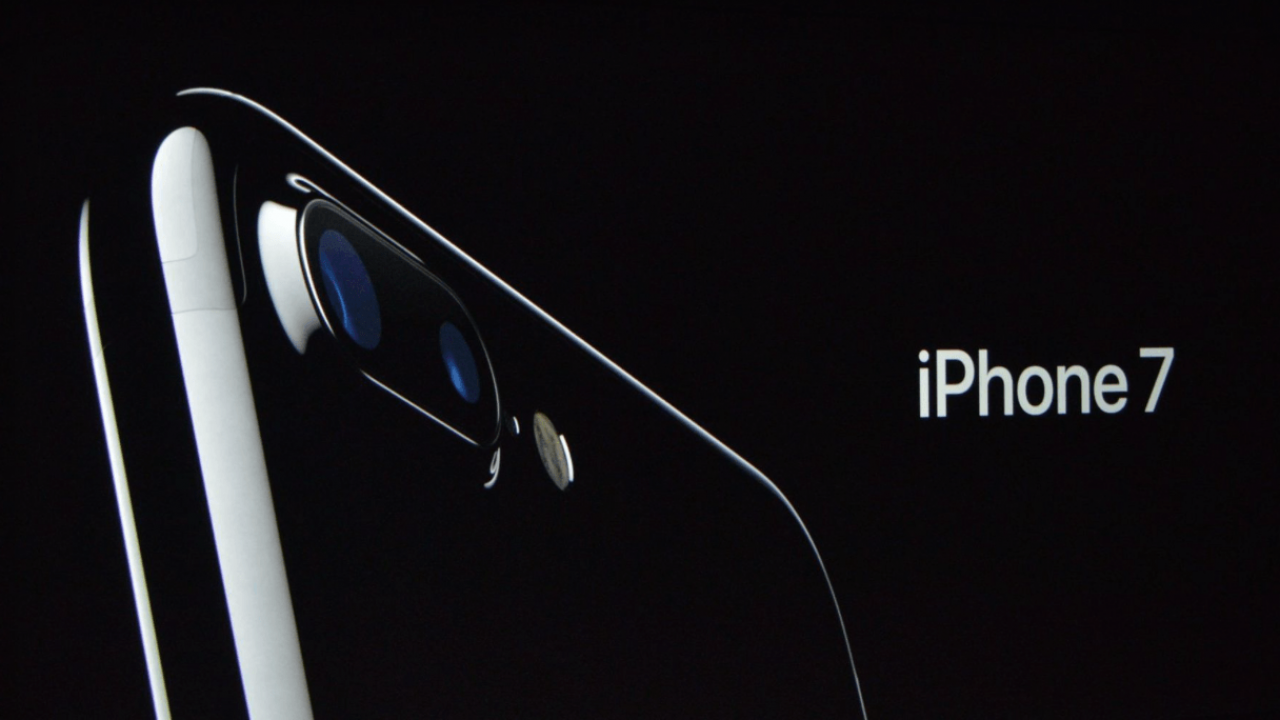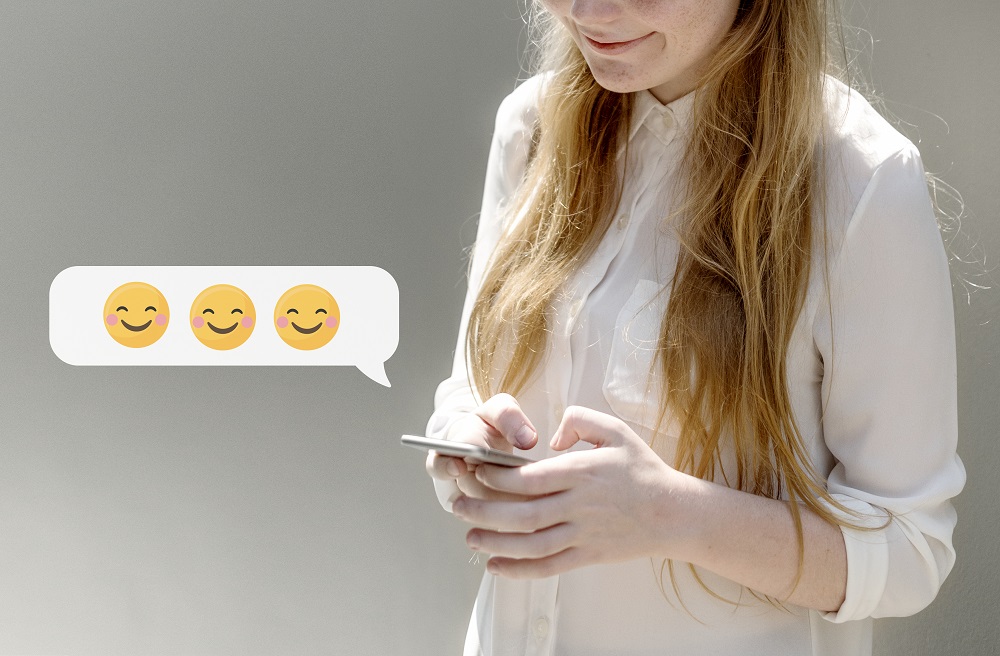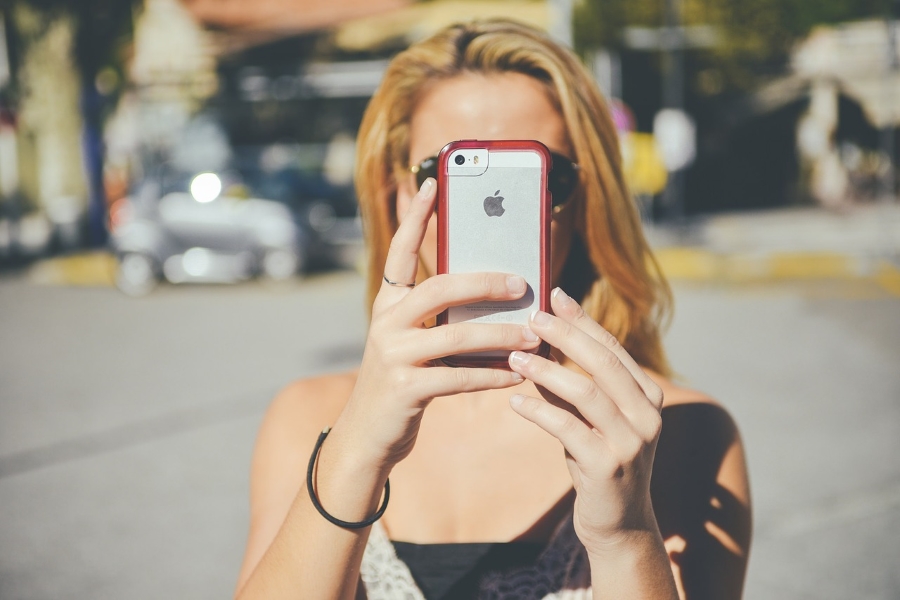iPhone 7 And iPhone 7 Plus: What Is HDR And How To Shoot HDR Photos

For those that own an Apple phone, you may want to know what is iPhone 7 and iPhone 7 Plus HDR camera settings when taking HDR photos on your phone. HDR comes from High Dynamic Range camera, a shooting option that balances the highlights and shadows of your photographs like nothing else. Maybe it doesn’t seem much to you right now, or at least you probably cannot exactly… picture what it means. But in this article we are going to cover the most important aspects of this function, from what is HDR to when and how to take HDR pictures, plus how to set your iPhone for best results and more.
Shall we begin?
What does HDR really mean?
What is HDR photography? All cameras are trying to replicate the human eye vision, with reference to the so-called dynamic range. This term defines the wide palette of light intensities that the human eye can perceive, from the lightest to the darkest with high dynamic range photos. Needless to say, no matter the performances of a camera, the lightest light it can reproduce won’t match the one that the human eyes can perceive. And the same goes for the darkest dark.
Otherwise said, our eyes will always be capable of detecting lighter lights and darker darks than any photo cameras. Where technology reaches its peak, the High Dynamic Range interferes, trying to compensate this inequity.
What’s the difference from non-HDR?
Still not sure what is HDR picture on iPhone 7 and iPhone 7 Plus and how it can make a significant difference to the quality of your photographs? Perhaps this example will make it crystal-clear. Imagine you’re trying to photograph a lighthouse with the blue sky as background.
When shooting in the non-HDR mode, you cannot have both the sky and the lighthouse clear in the photograph. One will be accurate enough, the other one will be either too dark or too washed out, as in overexposed.
When using HDR photography the right way, however, you will get the chance to combine various exposures until both elements of your photograph will get the accuracy you are looking for. The contrasts in the photograph should be properly balanced and the sky and the lighthouse will be lit just the right way.
That’s how you can sum up the difference between shooting with high dynamic range camera and without HDR.
Cool, so can I use HDR all the time?
Hold your horses for a moment! With an iPhone, the HDR will come in handiest whenever you’re taking photos from a tripod or, in any case, with your phone stationed. Otherwise said, when shooting in this mode it is essential that you have a very steady hand.
Since the technology involves combining 3 shots in 1, even the slightest movement of your hand could prevent these shots from perfectly aligning on top of each other. You’ll know you’ve got it wrong the moment you’ll notice ghosts in your photographs.
Needless to say, HDR photo on iPhone 7 and iPhone 7 Plus isn’t a good option either when your subject is in motion, for the same reason as above. Sure, if you have a wacky passion for strange photographs with double exposures, you could use it even in such circumstances. Even so, movement defeats the initial purpose of using the HDR camera function.
So we guess it’s a no, you can’t and you shouldn’t use the HDR all the time.
Are there any situations when I should really use this function?
Just like we initially suggested, High Dynamic Range photo is meant to balance contrasting scenes. Whenever you have scenes with backlighting, objects sitting in direct sun or even landscapes that include a big portion of sky in contrast with some dark land, you should really use the HDR.
Also, if you feel that a particular setting brings together some very contrasting colors, you will want to use it. The goal is to avoid making light objects too light, washed out, and overexposed or dark objects too dark.
But here’s the beauty of using HDR photos on iPhone 7 and iPhone 7 Plus. The precious gadget features a special setting that will let you shoot and save both versions of a photograph: the non-HDR and the HDR camera. This will always give you the ease of mind coming from knowing that if HDR wasn’t an option, you haven’t wasted the moment.
Moreover, this function will allow you to cultivate your knowledge and intuition. Through repeated trial and error, by having the possibility to select the best option from two given circumstances, you’ll start knowing instead of guessing. And your choices will be right from the start.
Any special HDR settings I should know of?
The best thing about using the high dynamic range photo function on your iPhone is that there isn’t really much you need to do. So there are basically two settings you should look at:
- Decide if you want to always shoot and save in HDR and non-HDR formats;
- Decide when you want to manually activate the HDR function.
If you don’t want to always bother making a choice, set your iPhone to save both versions:
- Go to Settings;
- Select “Photos & Camera”;
- Scroll down until you find HDR;
- Identify the “Keep Normal Photo” option;
- Toggle on if you want to save both versions;
- Toggle off if you only want to save the HDR version.
If you have toggled it off, from now on you will have to manually select the HDR photo – activate or deactivate it – before taking a photo:
- Launch the Camera app;
- Tap on “HDR” at the top of the app;
- Select “On” – only if you want to always have the HDR activated;
- Select “Auto” – if you want to let your iPhone judge when it would be the best time to use it;
- And start having fun.
You’re about to press the button but you’re not sure which option is currently active? If it’s the HDR, you should see a yellow box with this name, right near the bottom of your camera screen.
When you’re done, feel free to look up for your HDR photographs in the same way as you’d do with the normal ones. Go to the photos app and access Camera Roll. If you’ve selected both options, you will see both photographs; the HDR shots have the label on their top left corner when you are previewing them.
Any decent alternative to an iPhone’s built-in HDR?
For an amateur or someone who is just starting to test this function, you might think that your iPhone’s built-in HDR is everything you need. As someone more passionate or perhaps even a bit more knowledgeable, you might feel the need for more. That’s where 3rd party apps come into play and there are many to choose from. Hopefully this article has helped you understand what is HDR photography.
Our suggestion would be to start testing two of the best-rated apps which happen to require a tiny investment: for only $1.99 you can play around with the Pro HDR X or, if you feel like spending more, try the vividHDR for $2.99.
















